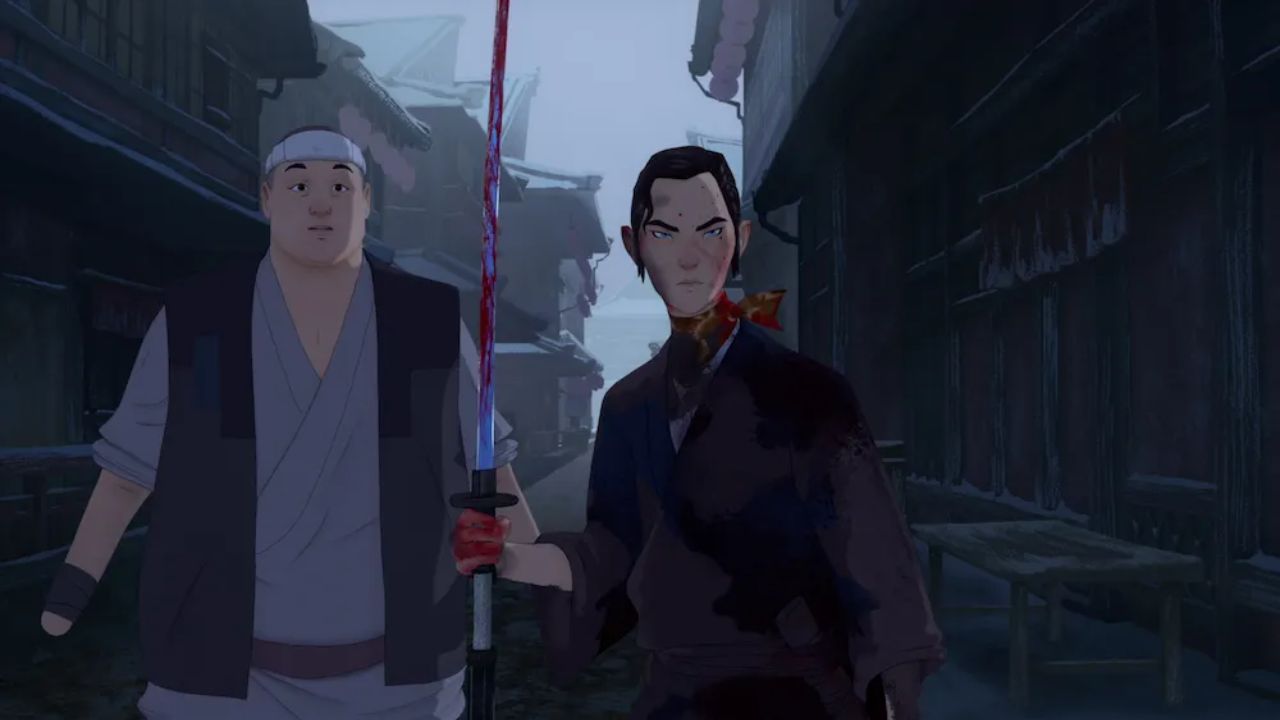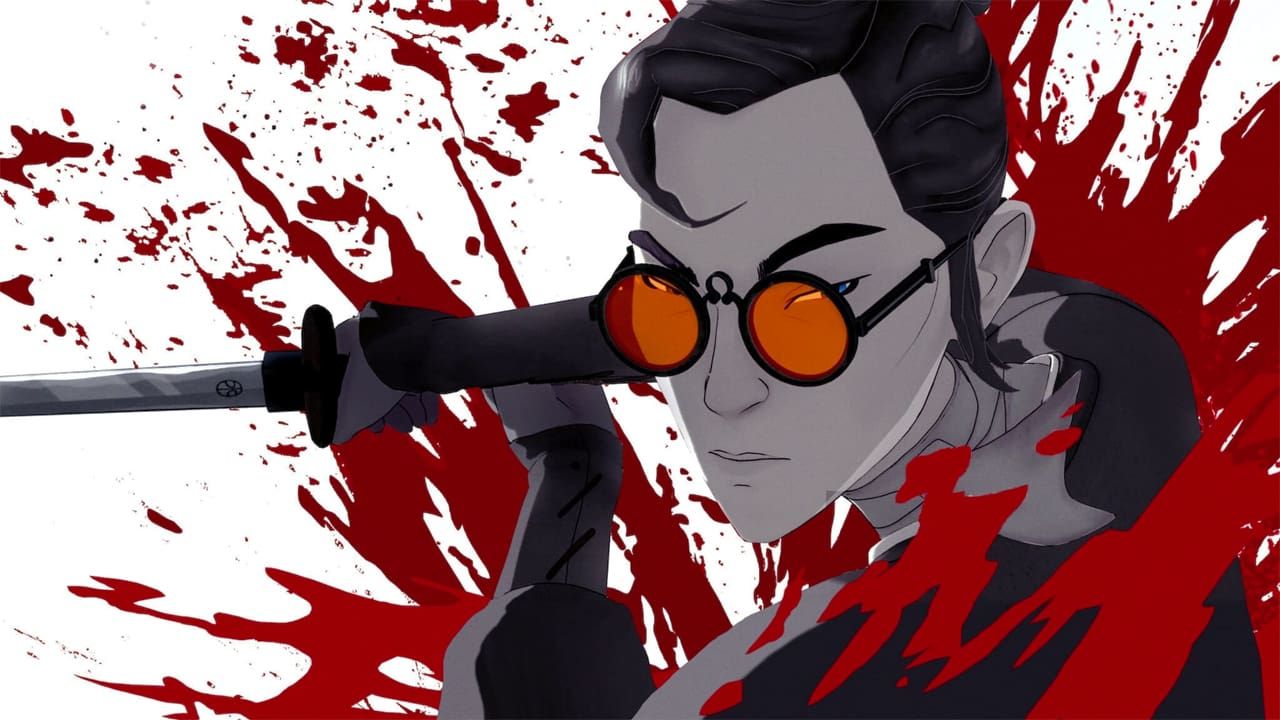The 12 and 20 positions in Netflix’s Blue Eye Samurai are different types of s*x positions that Madame Kaji, who runs a prostitute house, believes every woman should master. Likewise, Akemi’s father believes that the 12 positions are for the normal wives whereas the 20 positions are for the professionals.
Blue Eye Samurai is now streaming on Netflix, and it’s a show you won’t want to miss. It’s a visually striking adult animation series created by Michael Green and Amber Noizumi, a husband and wife duo. It is a revenge story. The plot is set in Japan’s Edo period and follows a mixed-race swordmaster who lives in disguise while on a vengeance quest.
Due to the country’s restricted borders in the 17th century, the Japanese were unable to interact with people of any other race except themselves. Except in rare instances of unlawful trading. Mizu, a young mixed-race samurai, is well aware that there were only four White males in Japan at the time of her birth, and she is determined to hunt them all down. Why? She believes that one of them is her father and that they are the reason she has been an outcast her entire life.
In the fourth episode of the anime, Madame Kaji uses the term, “the 12 and 20 positions.” However, many viewers are unsure of what that is. Well, we’ve got you covered.
Previously, we touched on Taigen and Amber Noizumi.
What Are the 12 and 20 Positions in Blue Eye Samurai?
In Episode 4 of Blue Eye Samurai, Madame Kaji uses the term “the 12 and 20 positions” while interacting with our main character, Mizu, but does not really explain what it really is.
Well, Madame Kaji runs a prostitute house. She has a few ladies in her house who offer s*x to the samurais or any other rich men who are desperate for s*x. As you might have guessed, the 12 and 20 positions are s*x positions. Madame Kaji also believes that any woman can master the 12 and 20 positions.
 The 12 and 20 positions are different types of s*x positions.
The 12 and 20 positions are different types of s*x positions.
Image Source: Netflix
Later in the episode, Akemi‘s father further gives a clarification of what the 12 and 2o positions really are. He goes into Akemi’s room to state that they are going to Edo in 2 days and she will get married there. It hints that Akemi does not want to get married.
In the conversation, Akemi’s father tries to convince Akemi by referencing her dead mother. He says that her mother was not ideal but she knew how to please him. Looking at the pictures of different s*x positions, he says that Akemi’s mother knew how to please him as she knew the 12 and 20 positions. He also adds that the 12 positions are for normal wives while 20 are for professionals.
There you go!! You now might be clear about what the 12 and 20 positions are. In simple words, they are just different types of s*x positions. Meanwhile, there is no such term as the 12 and 20 positions that reflect s*x positions in real life.
Blue Eye Samurai Is Not Based on a True Story but Highlights Some True Stories!
 Blue Eye Samurai is not based on a true story but is set in real historical surroundings.
Blue Eye Samurai is not based on a true story but is set in real historical surroundings.
Image Source: Netflix
Blue Eye Samurai is a highly fictitious story set in real historical surroundings, much to the true story of the 47 Ronin film. While characters such as Mizu and Fowler are wholly made up, the 17th-century setting is historically true.
The Tokugawa Shogunate did actually make Japan an isolationist state, restricting foreign trade and diplomatic relations. While this helped safeguard the country’s borders, it also gave some parts of the government authority over the population.
This period also saw the cruel oppression of Japanese individuals who adopted foreign religions including Christianity, as depicted in Martin Scorsese‘s Silence.
Surprisingly, a true “blue eye samurai” existed in the figure of navigator William Adams. Adams became a “Western Samurai” after surviving an ill-fated journey to Japan in 1600, according to The First English Adventurers to the Orient.
Forced to remain in the country and respectfully granted samurai status, he became a key advisor to the Tokugawa shogun Ieyasu and helped in foreign trade by setting up a Dutch trading factory in 1613. As a result, Adams resembled Fowler more than the main heroine of Blue Eye Samurai.

